Past students
Anastasiya Tsyhanova, 2021-2024
Michal Hledik, 2017-2023
Thesis: Genetic information and biological optimization.
Oluwafunmilola Olusanya, 2017-2023
Thesis: Local adaptation, genetic load and extinction in metapopulation.
Louise Arathoon, 2017-2023
Thesis: Investigating inbreeding depression and the self-incompatibility locus of Antirrhinum majus.
Gemma Puixeu Sala, 2015-2023
Thesis: The molecular basis of sexual dimorphism.
Lenka Matejovicova, 2013-2022
Thesis: Genetic basis of flower colour as a model for adaptive evolution.
Eniko Szep, 2015-2020
Thesis: Local adaptation in metapopulation.
Harald Ringbauer, 2013-2017
Thesis: Inferring demography from spatial genetic structure.
Sebastian Novak, 2011-2016
Thesis: Evolutionary processes in variable environments.
Murat Tuğrul, 2010-2016
Thesis: Evolution of transcriptional regulatory sequences (joint with G. Tkacik, IST).
Tom Ellis, 2010-2015
Thesis: The role of pollinator-mediated selection in an Antirrhinum majus hybrid zone.
Past post docs
Daria Shipilina (she/her)
daria.shipilina@ist.ac.at

Gemma Puixeu (she/they)
gemma.puixeusala@ist.ac.at
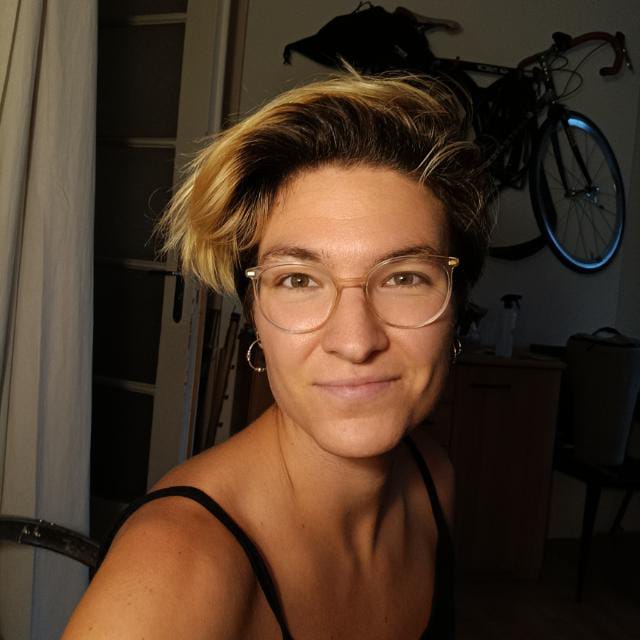
Julie Tourniaire
julie.tourniaire@ist.ac.at
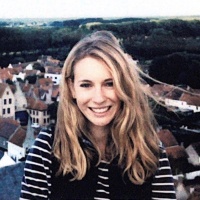
Sean Stankowski
S.Stankowski@sussex.ac.uk
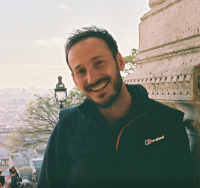
Now a Lecturer at the Department of Ecology of Evolution, University of Sussex.
Stefanie Belohlavy
stefanie.belohlavy@ist.ac.at v
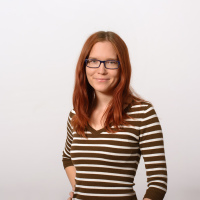
Google Scholar profile
Interested in applying quantitative genetics theory to artificial selection experiments.
Anja Westram
anja.westram@ist.ac.at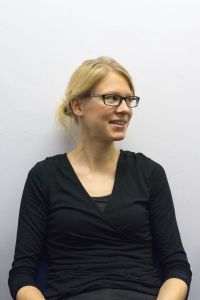
Littorina Research Site
Google Scholar profile
twitter: @AnjaWestram
I am an evolutionary biologist studying processes generating biological diversity – adaptation and speciation – and particularly their genomic basis and spatial patterns. For that, I combine field surveys, morphological and behavioural phenotyping, analyses of various genomic data sets, and computer simulations. I use the marine snail Littorina saxatilis as a model system. L. saxatilis occurs on rocky shores and has evolved two distinct ecotypes, adapted to wave-exposed vs. high-predation habitats, that coexist on the same shores and form hybrid zones.
Because hybrid zones between ecotypes occur in multiple geographical locations across Europe, this system is ideal to study parallel evolution – a process where the same trait evolves repeatedly in the same direction in independent populations. Studying parallel evolution is important as it allows for insights into the predictability and repeatability of evolution.
Carina Baskett, 2018-2021
cbaskett3@gatech.edu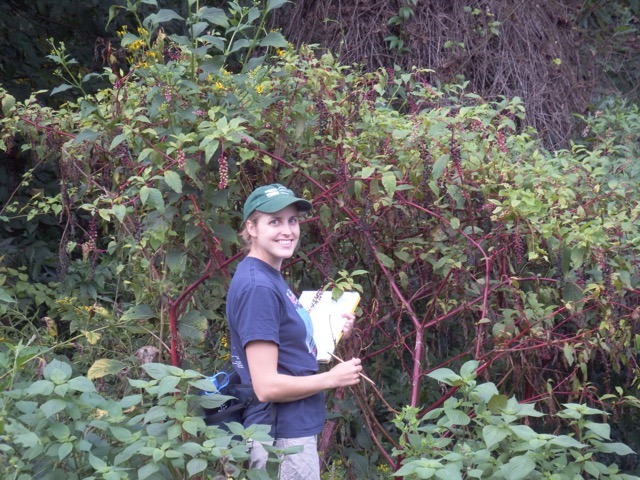
Personal website
Google Scholar profile
Now a Senior Scientist–Grant Writer at Georgia Tech’s Center for Microbial Dynamics and Infection. I help researchers to obtain grants and fellowships by improving science writing skills of grad students and postdocs through workshops and individual coaching on various communication projects (proposals, papers, posters, job applications, talks, outreach, etc).
Katarína Boďová, 2013-2017
bodova@fmph.uniba.sk
Personal website
Google scholar profile
In November 2017 I moved to Bratislava as an assistant professor at the Department of Mathematical Analysis and Numerical Mathematics, Comenius University.
Research interests include: Applied Mathematics and Mathematical Modelling, Stochastic Processes and Evolutionary Genetics
David Field, 2011-2016
d.field@ecu.edu.au
Institute webpage
Google scholar profile
Now a lecturer at the School of Science, Edith Cowan University, Joondalup, Western Australia.
My research centres on the evolution of natural populations, focusing on the interplay between evolutionary and ecological processes, and the mechanisms by which they impact genetic variation.
Christelle Fraisse, 2015-2020
christelle.fraisse@ist.ac.at
Google scholar profile
I am an evolutionary geneticist, with a special interest in structured populations, species complexes, and sex chromosome evolution. I am now a CNRS researcher in France at the Evolution, Ecology and Paleontology research unit in Lille (UMR 8198 – Lille University).
Maria Clara Melo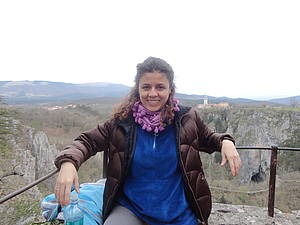
Tiago Paixão, 2011-2017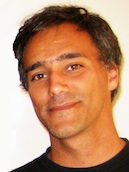
Google scholar profile
Now head of the Quantitative Biology and Digital Science Unit at Instituto Gulbenkian de Ciencia.
I am interested in how features of genotype-phenotype maps affect the production of phenotypic variation, the evolutionary process and how they themselves evolve. For this, I use a combination of mathematical models of explicit genotype-phenotype maps (for example, models of gene regulatory networks) and evolutionary simulations.
Melinda Pickup, 2011-2019
melinda.pickup@ist.ac.at
Personal website
Google Scholar profile
I have recently moved to Perth, Western Australia where I am continuing my work on using eco-evolutionary models to examine genetic rescue of small populations and optimal strategies for population restoration in a rapidly changing world.
Jitka Polechová, 2009-2015
jitka.polechova@univie.ac.at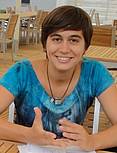
Google Scholar profile
In 2015, Jitka was awarded the Elise Richter Fellowship at the Department of Mathematics of the University of Vienna to work on evolutionary ecology of species ranges. Jitka’s research focuses on advancing theory to address fundamental questions in evolutionary ecology and specifically, on the evolution of species’ ranges.
Himani Sachdeva, 2015-2019
himani.sachdeva@univie.ac.at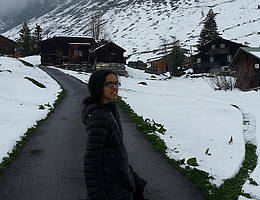
Google Scholar profile
Now a post doc in the Department of Mathematics at the University of Vienna.
I use mathematical and computational approaches to study the consequences of polygenic selection (involving multiple loci) in diverse contexts. An important goal of my research is to develop simple approximations and heuristics to elucidate how polygenic selection, population structure and evolutionary stochasticity shape evolutionary outcomes and patterns of genomic variation.
Srdjan Sarikas, 2013-2018
srdjan.sarikas@meduniwien.ac.at
Google Scholar profile
Now a postdoctoral researcher at Medizinische Universität Wien.
I enjoy analyzing data. I like to find (ir)regularities, reveal hidden features, and model them in python.
Barbora Trubenová, 2014-2018
barbora.trubenova@env.ethz.ch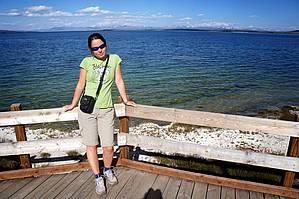
Google Scholar profile
Now a post doc at ETH Zurich, Switerland.
My greatest scientific interest is in mathematical modelling of biological processes. I seek to understand underlying mechanisms and dependencies in these complex biological problems.
Harold P. de Vladar, 2009-2013
Company website
Google Scholar profile
Harold is now the founder and CEO of Ribbon Biolabs.
Ribbon Biolabs is a startup company based in Vienna, Austria, developing a new technology to synthesize large volumes of large and/or complex DNA molecules.
Daniel Weissman, 2010-2013
daniel.weissman@emory.edu
Group website
Google Scholar profile
Daniel is now Assistant Professor of Physics at Emory University.
I build and analyze models of biological populations to predict their future evolution. Ultimately, we would like to understand evolution well enough that when, for example, a new antibiotic is developed, a reasonable number of experiments would be enough to learn how long it would take for bacteria to become resistant.